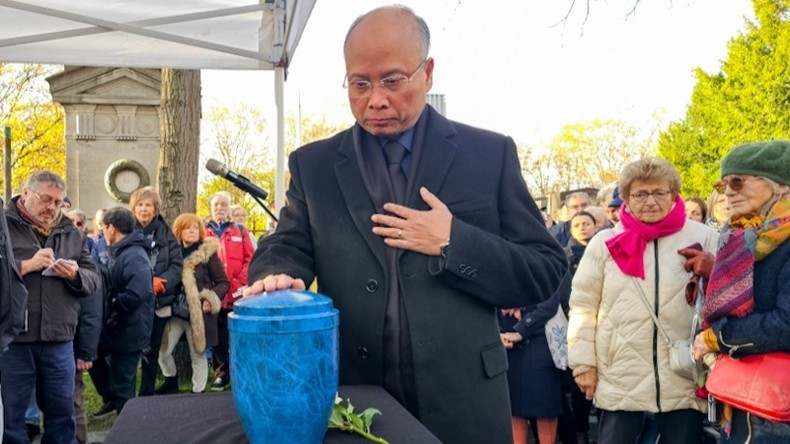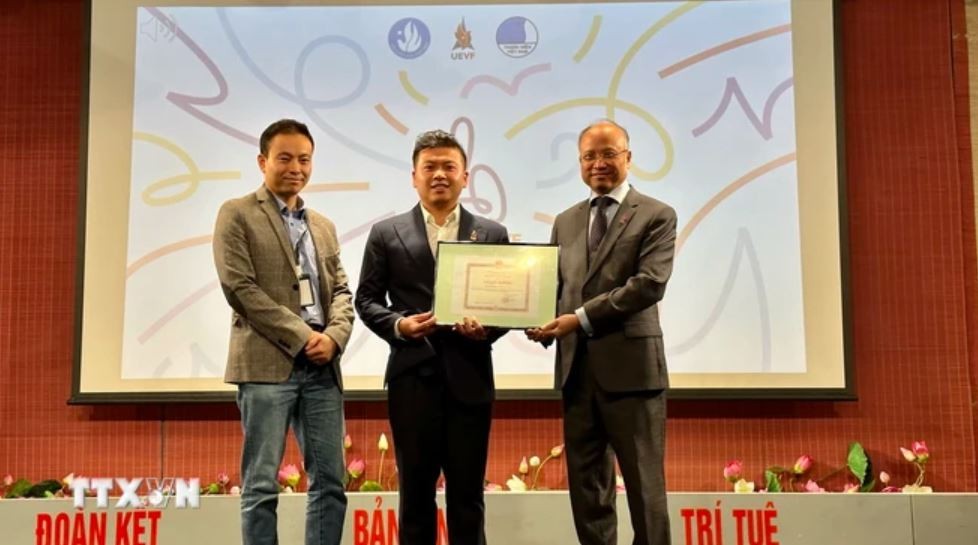French Newspaper Applauds Son La's Ecological Agriculture
| Vietnamese Youth and Student Association in France through 20 Years | |
| Vietnam Welcomes French Businesses to Invest in Low-carbon Agriculture |
Le Monde's envoy in Vietnam recently introduced the country's policy of circular economy as the seminar "How to feed 10 billion people without destroying the planet?" is opening in Paris. According to the envoy, Son La mountainous area has become one of the pilot provinces of the National Action Plan of Vietnam launched in 2023.
The seminar is organized by Le Monde newspaper in collaboration with the Center for International Cooperation in Agricultural Research for Development (Cirad). It takes place on November 25 in Paris.
Son La mountainous region was mentioned thanks to its food transformation system. This is part of the presentation by Le Monde's envoy in Vietnam. It was titled "In Southeast Asia, Vietnam is committed to pursuing the path of ecological agriculture transformation."
Le Monde newspaper shared that the innovations in the circular economy such as the "feed, silage and composting" cycle are implemented through the Ecological Agriculture Transformation and Safe Food System (Asset) program, in which Cirad ensures scientific coordination with about 15 Vietnamese partners (research centers and public authorities) and internationally.
Implemented from 2020 for 5 years, Asset is also implemented in Laos and Cambodia. The donors are the French Development Agency and the European Union.
Pascal Lienhard, one of Cirad's agricultural engineers working in Vietnam, noted that there are about 30 people in the southern village have voluntarily participated in transforming livestock and farming methods through the circular economy. The project's goal is to both reinvest in livestock, which has been neglected due to monoculture and prove that the circular economy helps farmers increase their income.
Six other villagers learned how to improve the biodiversity and health of crops and soil in coffee plantations, he said, through agroforestry – a method that encourages the restoration of forests. This method aims to harmonize agricultural development with the requirements of sustainability and environmental protection.
Still, this transformation faces enormous challenges. Some are economic pressures, labor shortages, and climate fluctuations, which have pushed farmers into a spiral of crop intensification. For example, in Nam village (Son La), the steep hillsides are covered with coffee bushes with ripe red fruits ready for harvest. The villagers depend on coffee, a crop that gives them 70% of their income.
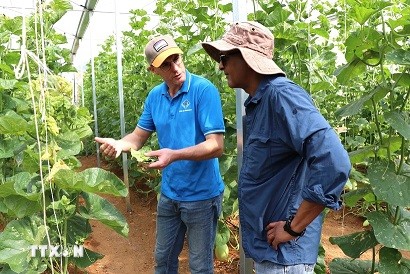 |
| Son La province In Vietnam was introduced as a model of agricultural development ecology by Le Monde newspaper on November 25 in Paris (France) (Photo: VNA). |
Do Trong Hieu, an agricultural engineer at the Northern Mountainous Institute of Agricultural and Forestry Sciences (Nomafsi), one of Asset's partners, explained that only about 3,000 trees should be planted per hectare in Nam village. In reality, the density is up to 5,000, even 7,000 trees, which is very dense.
On steep slopes like this, sometimes erosion washes away the fertilizer used by farmers, which flows directly into the streams. The increase in extreme weather events also leads to more frosts, which can destroy plantations: every 3 to 5 years, instead of every 10 years as before.
Within the framework of Asset, Nomafsi has created a practice area on a hillside in the village, where farmers come to learn about agroforestry.
"We planted rows of grasses for fodder, legumes, and different crops to show that it is possible to keep the soil and the coffee grows better in the shade. Shade also reduces the risk of frost," Hieu said.
Farmers are educated on how to graft new varieties of arabica (a popular coffee in Son La) that have better resistance to old plants. This method is faster than replanting from scratch.
Son La province, with 80% of the population engaged in agriculture, changed the province's model in the period 2015-2020 by reducing the rate of monoculture, such as corn used for animal feed, from 169,000 hectares to 70,000 hectares, in favor of fruit trees, increasing from 29,000 to 84,000 hectares. Corn degrades the land and costs more than imported genetically modified corn.
Deputy Director of Son La Department of Agriculture and Rural Development Cam Thi Phong stated that the current goal is to focus on quality. The province is the first place to establish a working group on ecological agriculture. Producers are encouraged to diversify their fruits and improve their quality by adopting better practices – for example, obtaining larger fruits with fewer chemical fertilizers.
The province also wishes to boost traceability for its products. Therefore, Asset's partners have been mobilized to launch an initiative to "build a territorial brand", that is, to raise the value of the Moc Chau district.
Estelle Bienabe, Cirad's economist and advisor on the initiative, emphasized that the idea is to reconnect consumers with producers, by helping them to become aware of what it means to be an eco-agricultural and to develop short supply chains through agritourism.
Earlier this month, the first workshop in Moc Chau featured interesting topics like discovering the perfect tea plantations for Instagram (white piano among tea bushes, windmill models, and giant hearts made of flowers). Bienabe said that it is necessary to orient these initiatives and promote the "Moc Chau" brand throughout Vietnam and possibly abroad.
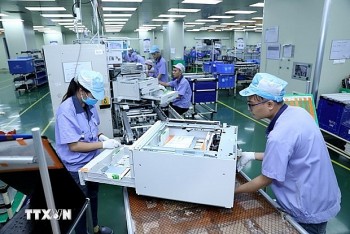 | Standard Chartered: Vietnamese Economy Shows Moderate Growth Standard Chartered Bank’s latest macro-economic update assessed that Vietnam's key economic areas remain relatively robust for the rest of 2024. |
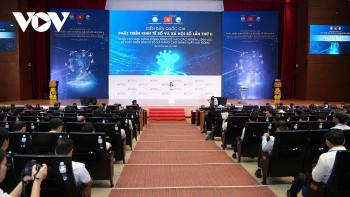 | Binh Duong Hosts National Digital Economy Forum On November 14, in Binh Duong, the 2nd National Forum on Digital Economy and Digital Society Development took place with the participation of Permanent Deputy ... |
Recommended
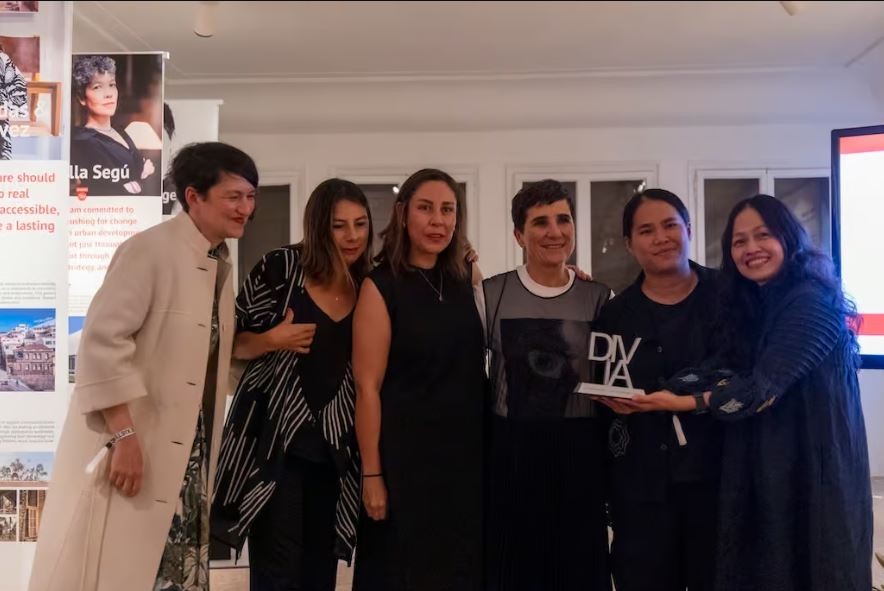 Viet's Home
Viet's Home
Vietnamese Architect Wins the Diversity in Architecture Award 2025
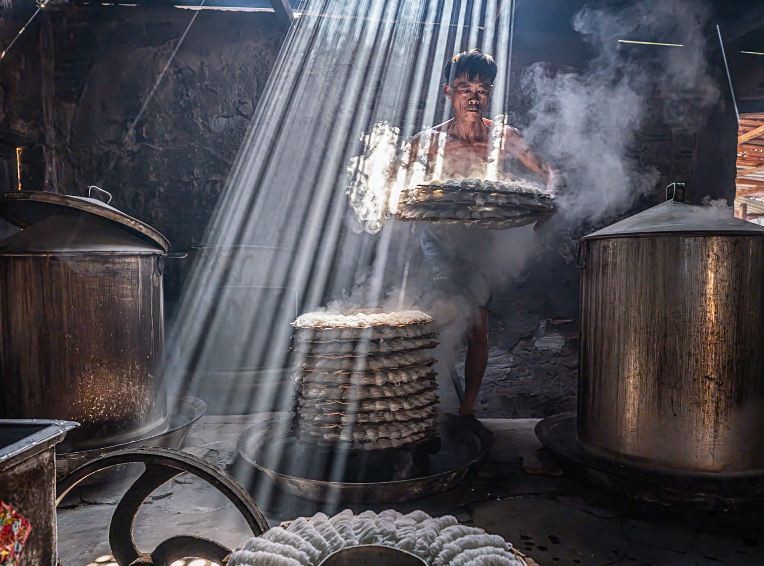 Viet's Home
Viet's Home
Vietnamese Photographer Triumph in Global Food Photography Contest
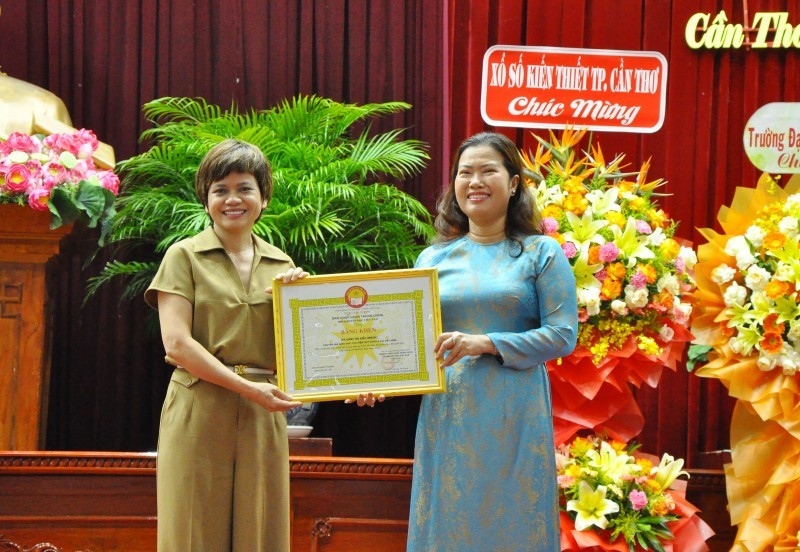 Viet's Home
Viet's Home
The Asia Foundation Awards 101 Scholarships to Can Tho Female Students
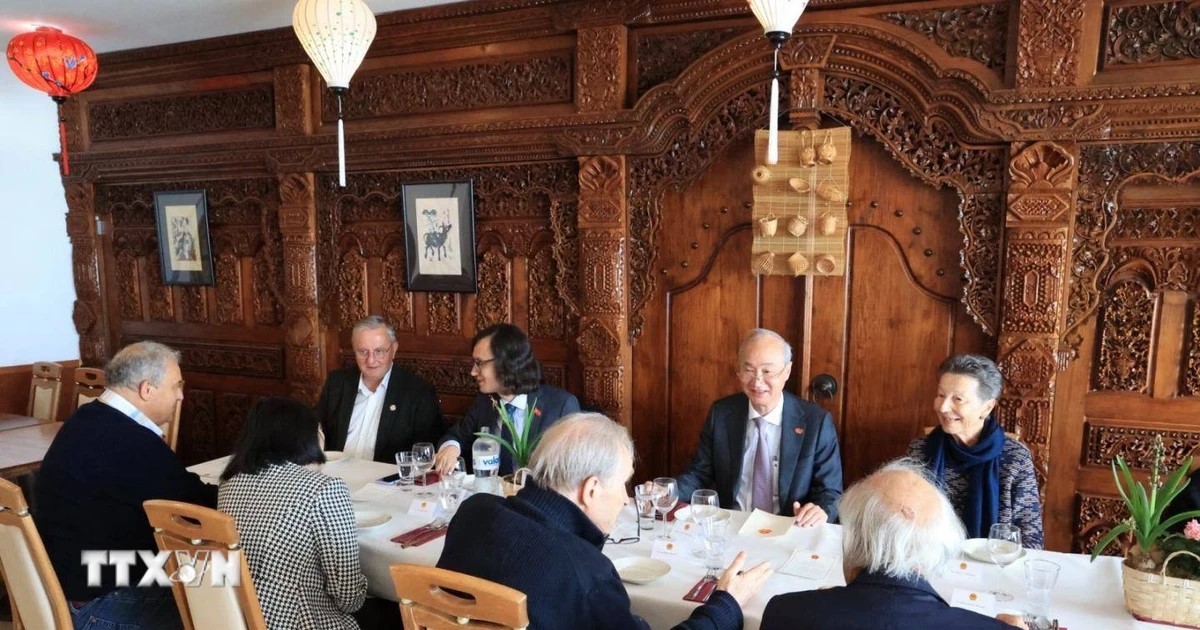 Viet's Home
Viet's Home
Ho Chi Minh And Deep Admiration in the Memories of International friends
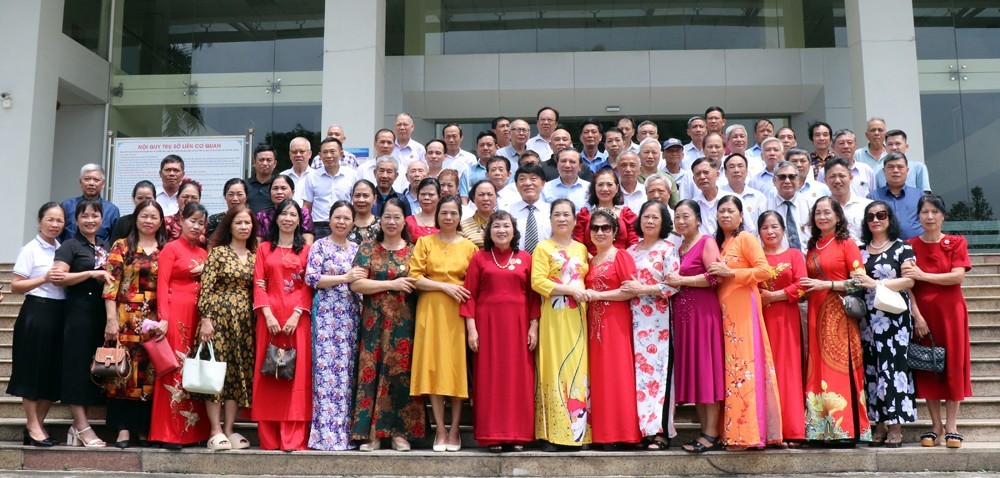 Viet's Home
Viet's Home
Meaningful People-to-people Diplomacy Activities in Bac Giang, Dong Nai, and Ho Chi Minh City
 Viet's Home
Viet's Home
Brand New Vietnamese Language Training Program Launches in Hanoi
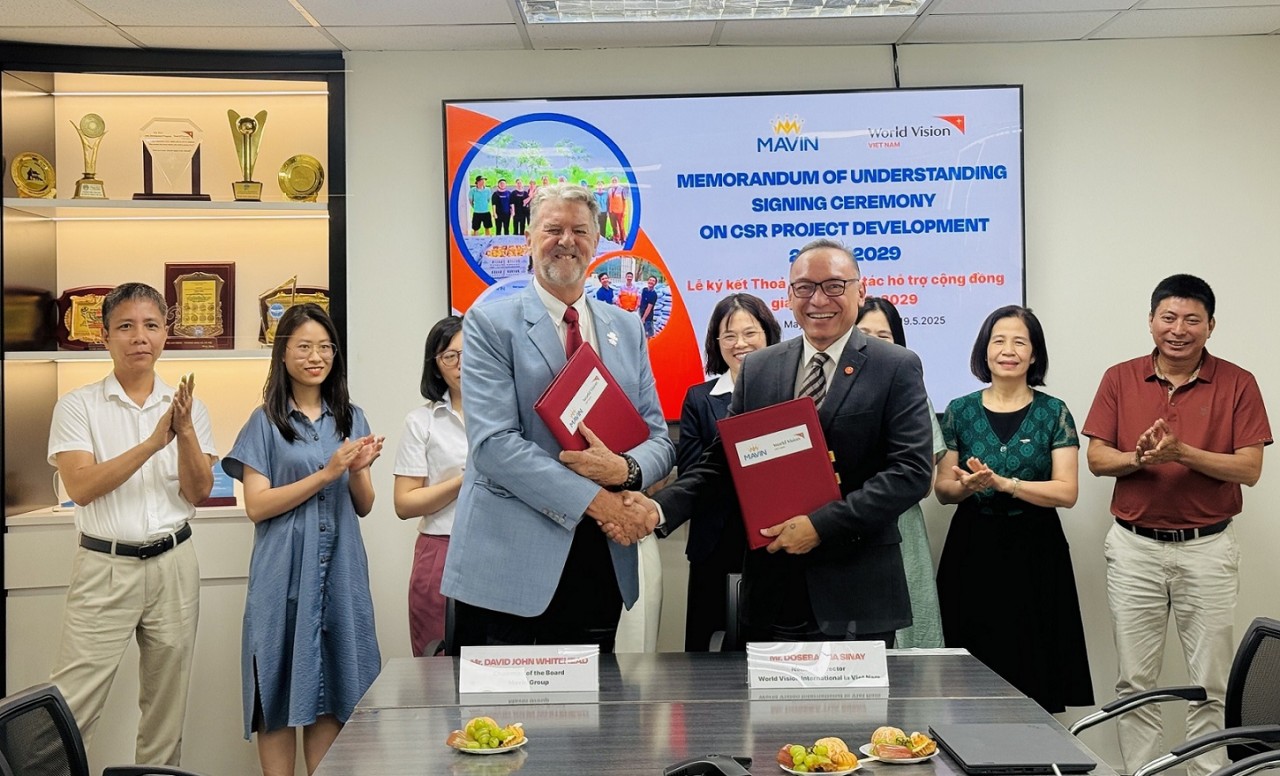 Viet's Home
Viet's Home
WVIV Supports Livelihoods and Improves Nutrition for Poor People in Thanh Hoa
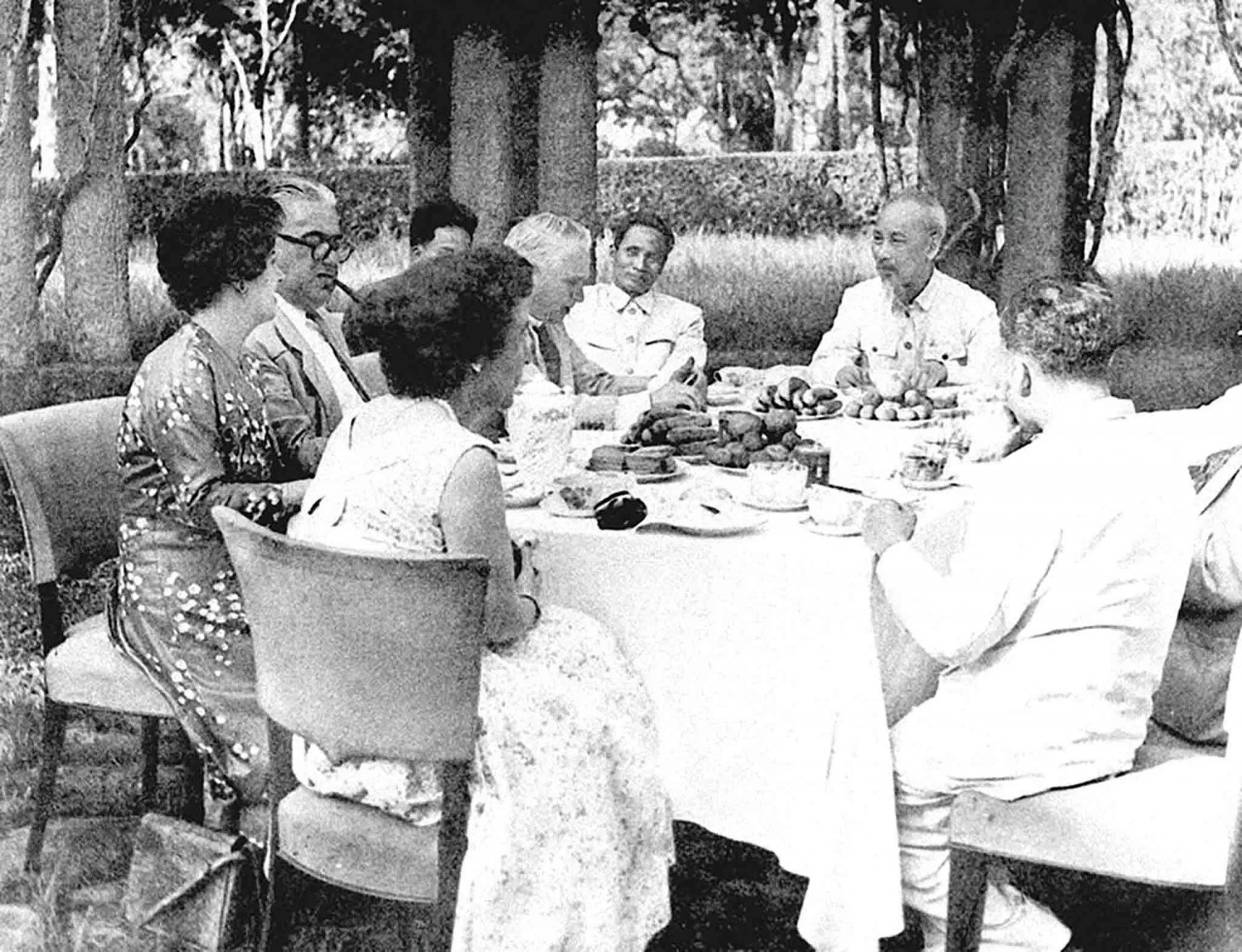 Viet's Home
Viet's Home

